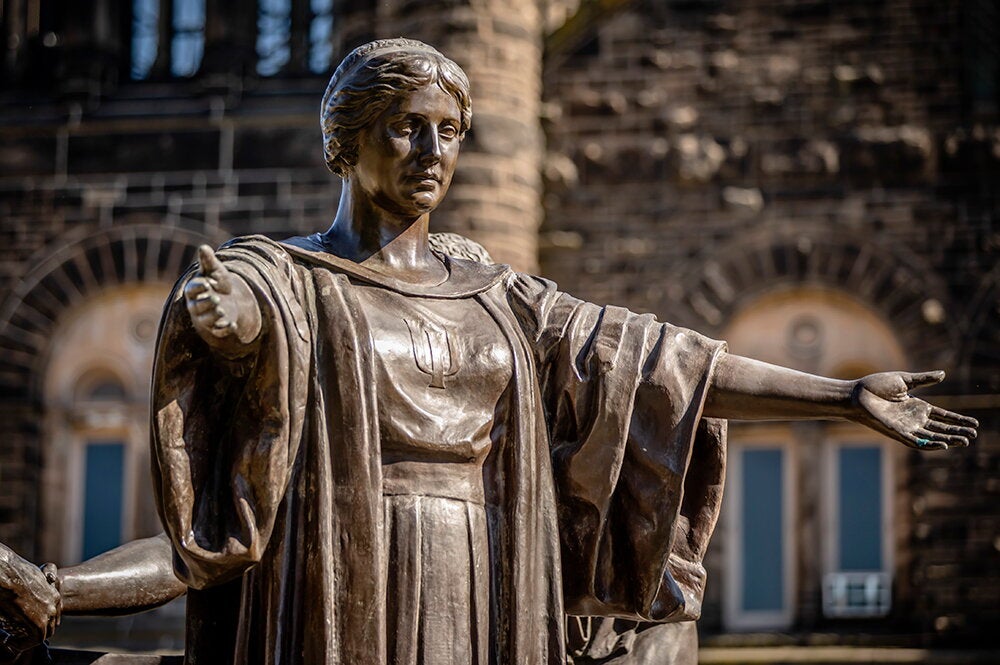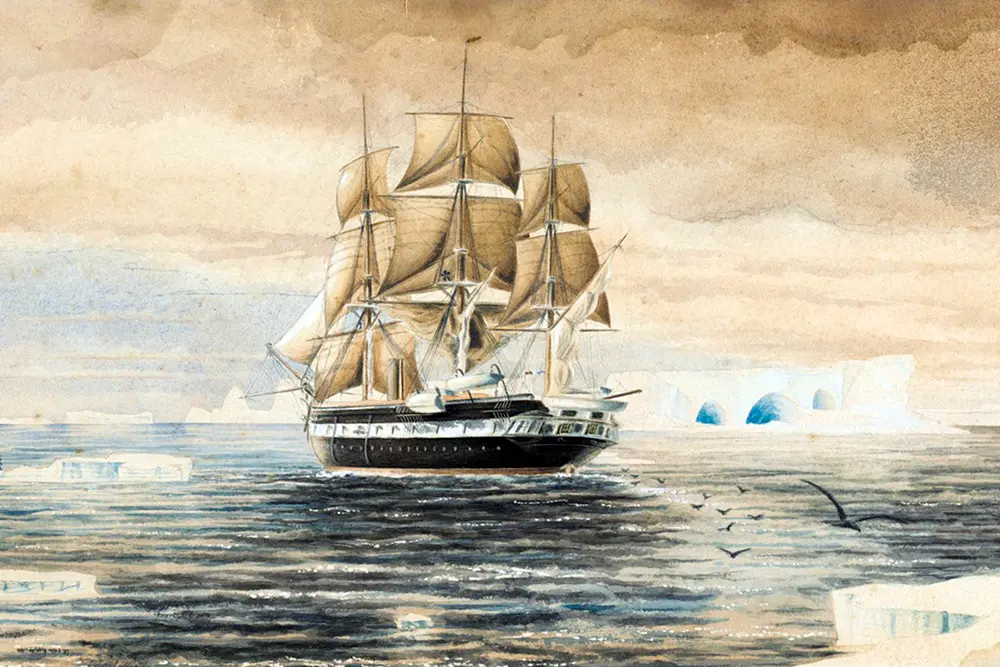
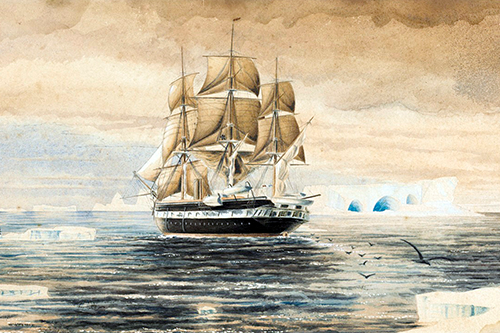
The HMS Challenger began a four-year voyage 150 years ago to explore the deep sea and the creatures that lived in it. The scientists aboard the ship discovered thousands of new species and recorded massive amounts of data about the oceans. The treasure trove of information they gathered is now available online in the first comprehensive database of the Challenger findings.
A new website devoted to the expedition and the database was launched Dec. 21 – the 150th anniversary of the beginning of the Challenger’s voyage. It is part of the Oceans 1876 project by Gillen D’Arcy Wood, an English professor and a historian of 19th-century environmental history and science. Wood also is the associate director of the Institute for Sustainability, Energy, and the Environment, and the director of its environmental writing program.
“The Challenger journey is the grand prize of scientific voyages. It is the foundation for modern marine science and oceanography,” Wood said.

His aim for the Oceans 1876 project was to develop a database of baseline oceanographic information to enhance marine research and increase public awareness of the Challenger expedition. The Challenger was a naval vessel converted into a research ship and floating laboratory. Between 1872-76, the ship sailed 70,000 miles and recorded data at more than 360 research stations worldwide. The mission identified the world’s major ocean basins and currents, as well as 4,700 new species of marine creatures and plants.
The specific measurements recorded by the expedition are valuable to scientists today to compare with current data on ocean conditions and marine life, Wood said.
“There’s more interest in 18th- and 19th-century discovery voyages because they established a data baseline for various ecosystems around the world. The records they kept, the specimens they gathered and their observations are vital for creating a snapshot of the preindustrial world,” he said. “It’s like a time capsule of what the Earth was like 150 years ago.”
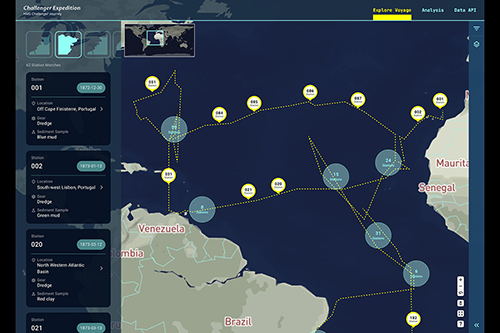
The Challenger’s scientists recorded water temperatures and information about currents, water conditions, and chemistry, and collected plant and animal specimens. After the expedition ended, it required another massive research enterprise to publish the findings, Wood said. Marine science experts around the world analyzed the collected specimens and wrote reports. It took 20 years to publish 50 volumes of the reports and data, as well as two summary volumes. A couple of hundred full sets of the volumes exist, including one in the collection of the University Library, Wood said.
Wood received a 2021 Andrew Carnegie Fellowship for the Oceans 1876 project, which enabled him to partner with the National Center for Supercomputing Applications at the U of I. As the first step in a multiphase project, NCSA extracted data from the two summary reports of the expedition findings and made them available on the website via a public application programming interface, or API. The NCSA team also developed a web application that allows users to explore the data in an interactive way.
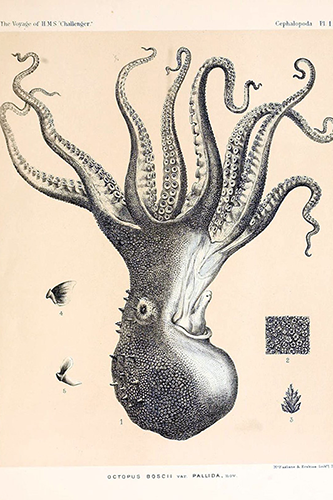
An interactive map on the website provides information about the data collected at each research station around the globe. Viewers can select a location to see the air and water temperatures and water density recorded and the species found, and read the log entry for that location.
The Scottish Association for Marine Science is hosting the Oceans 1876 website. The scientists aboard the Challenger were Scottish, and the University of Edinburgh was the research headquarters for the expedition, receiving the samples collected by the Challenger and overseeing the publication of the reports.
Wood and his partners on the project are working to obtain more funding to update the initial version of the website with an upgraded map of the voyage, to add analyses of the expedition’s findings, and to cross-reference the species names that have changed over time.
A second part of the project is a book that Wood is writing about the expedition, tentatively titled “Blue Wild: The Lost Marine World of HMS Challenger.” Each chapter will focus on a different creature that the Challenger’s scientists encountered that today is endangered or threatened.
Wood spent two months in spring 2022 on a research trip to London’s Natural History Museum, where the bulk of the Challenger specimens are housed, as well as archival documents. He discovered two journals in the museum’s collection that have never been referenced in any literature on the Challenger expedition. They were written by officers aboard the Challenger, not scientists, and they provide detailed descriptions of daily life on the ship. They will provide a new perspective for his book on the expedition, Wood said.
The book, scheduled to be published in 2025, will be the third of his eco-trilogy. His 2020 book “Land of Wondrous Cold: The Race to Discover Antarctica and the Secrets of its Ice” tells the environmental history of Antarctica through stories of the first explorations of the continent. He also is the author of the 2014 book “Tambora: The Eruption that Changed the World,” about the rapid climate deterioration set in motion by the massive 1815 eruption of an Indonesian volcano.
